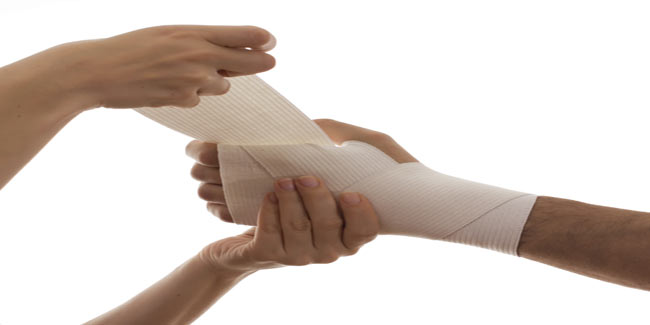
Bone pain or tenderness can be defined as an ache or other discomfort in one or more bones. Bone pain occurs less commonly as compared to joint pain. The cause of bone pain may be obvious, as in a fracture or may be obscure, such as cancer that spreads (metastasizes) to the bone.

Joint pain or arthralgia can be defined as a pain or other discomfort in one or more joint. It can be caused due to an injury to any of the structure such as ligaments, bursae, or tendons surrounding the joint.
Causes
Causes of Bone Pain: Bone pain can be caused by an injury or other conditions such as:
- Cancer of the bones (primary malignancy) or cancer that has spread to the bones (metastatic malignancy)
- Interference of blood supply to the bone (as in sickle cell anaemia)
- Infection in the bone (osteomyelitis)
- Leukaemia (blood cancer)
- Loss of mineralization of bone (osteoporosis)
- Toddler fracture (a type of stress fracture that occurs in toddlers)
Joint pain can be caused by an injury or other conditions such as:
- Arthritis like osteoarthritis, rheumatoid arthritis
- Aseptic Necrosis
- Bursitis
- Osteochondritis Dissecans
- Sickle Cell Disease (Sickle Cell Anemia)
- Steroid Drug Withdrawal
- Cartilage Tear
- Fracture (Broken Bone)
- Infection of joint
- Sprain
- Tumors
- Tendinitis
Symptoms
Symptoms of bone and joint pain are as follows.
- Pain on movement, walking, standing or even at rest
- Swelling and crepitus
- Locking of joint on movement
- Stiffness of joint especially in the morning or it may persist through out the day.
- Wasting and Fasciculation
- Cramps
If you have symptoms such as fever, fatigue and weight loss, the pain could be due to a serious underlying disease or infectious disease, you should talk to your doctor.
Diagnosis
Your doctor will inquire about your medical history and perform a physical exam to diagnose the cause of pain. Medical history may include questions regarding location of the pain, time and pattern of the pain and any other associated symptoms.
Diagnostic tests that may be performed to diagnose the underlying cause of bone and joint pain include:
- Blood studies (such as CBC, blood differential)
- Bone and joint x-rays, including a bone scan
- CT or MRI scan of the bone and joint
- Hormone level studies
- Pituitary and adrenal gland function studies
- Urine test
Treatment
Pain in the bone or joint should not be ignored. If your problem is acute or mild you try OTC pain relieving medicines. But if your problem persists, starts after an injury or is severe consult a doctor.
Rest and heat application – In case of minor injury or sprain rest, simple analgesics like paracetamol, ibuprofen or heat application can help to ease pain.

Exercises – Regular, gentle exercise can improve range of movement of a joint, improve mobility, reduce pain and ease sore stiff muscles for people with arthritis or fibromyalgia. If these simple measures do not relieve your pain, consult a physician to aid in the treatment of your condition.
Medications – Acetaminophen, Aspirin, NSAIDs (ibuprofen, naproxen, mefenamic acid) are excellent for relieving acute bone and joint pain. In chronic conditions NSAIDs are not so effective in relieving pain and can cause side-effects such as GI bleeding.
Read Next
Fractures and Pain
How we keep this article up to date:
We work with experts and keep a close eye on the latest in health and wellness. Whenever there is a new research or helpful information, we update our articles with accurate and useful advice.
Current Version
